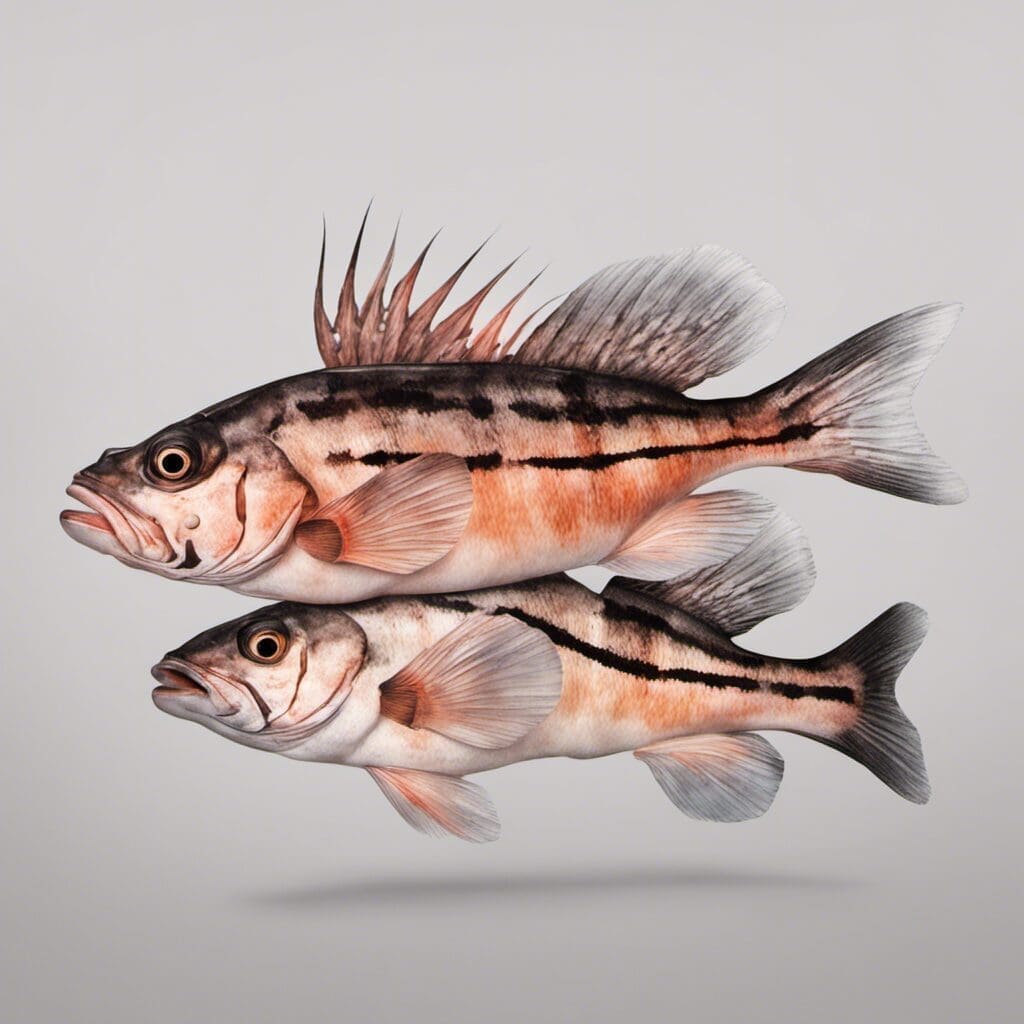Introduction
The Sharpchin Rockfish, scientifically known as Sebastes zacentrus, belongs to the family Sebastidae of rockfishes, scorpionfishes, and allies. This species gets its name from the pronounced dip or indentation found on its chin.
Conservation Status
Sharpchin Rockfish is currently listed as a species of ‘Least Concern’ by the National Oceanic and Atmospheric Administration (NOAA) due to its abundant population and widespread distribution. Conservation efforts mainly focus on monitoring commercial fisheries to avoid overfishing and ensuring that the species’ habitats are protected.
Statistics
| Statistic | Value |
|---|---|
| Average Length | 45 cm (18 in) |
| Length Range | 30-60 cm (12-24 in) |
| Average Weight | 1 kg (2.2 lb) |
| Weight Range | 0.5-2 kg (1.1-4.4 lb) |
| Average Lifespan | 12 years |
Distribution
Sharpchin Rockfish are widely distributed along the Pacific coast of North America, from Alaska down to northern Baja California, Mexico. These fish are known to maintain a home range and generally do not migrate or move great distances.
Habitats
Preferring cold, deep ocean waters, the Sharpchin Rockfish is typically found at depths ranging from 55 to 500 meters. They are commonly found dwelling among rock crevices or close to the sea floor in areas with rocky or coarse bottom substrates.
When and Where to See
Fishermen are most likely to encounter Sharpchin Rockfish during spring and early summer when these fish are at their most active. They are most active during daylight hours.
Best Fishing Locations
Some of the top popular places among anglers to find and catch Sharpchin Rockfish include:
- Monterey, California
- Neah Bay, Washington
- Kodiak, Alaska
- Seward, Alaska
- San Diego, California
How to Catch
Tactics commonly used to catch Sharpchin Rockfish include bait-and-wait techniques using herring, squid, or shrimp. Also, using bright-colored jigs along the ocean floor can be successful. Early morning and late evening are generally the best times for catching rockfish.
Identification Guide
Sharpchin Rockfish often have dark greenish-brown to gray bodies, paler undersides, and are recognisable by the deeply indented lower profile of their head. They don’t have the spine-tipped gill cover that many other rockfish species have.
Culinary Use
Like other types of rockfish, the Sharpchin Rockfish is known for its tasty meat. The mild, sweet flavor and firm texture make it a popular choice for many types of recipes, especially grilled or baked. It is also an excellent source of lean protein and Omega-3 fatty acids.
Additional Information
Sharpchin Rockfish feed primarily on small fish, squid, and crustaceans. They are known to reproduce once a year, but little is known about their mating rituals. Predators include larger fish species and sea birds, while human-induced threats include accidental by-catch and habitat degradation due to bottom trawling.
References and Further Reading
For more knowledge about Sharpchin Rockfish, you can refer to resources published by National Oceanic and Atmospheric Administration (NOAA), Alaska Department of Fish and Game (ADFG), and Monterey Bay Aquarium’s Seafood Watch (Seafood Watch)

